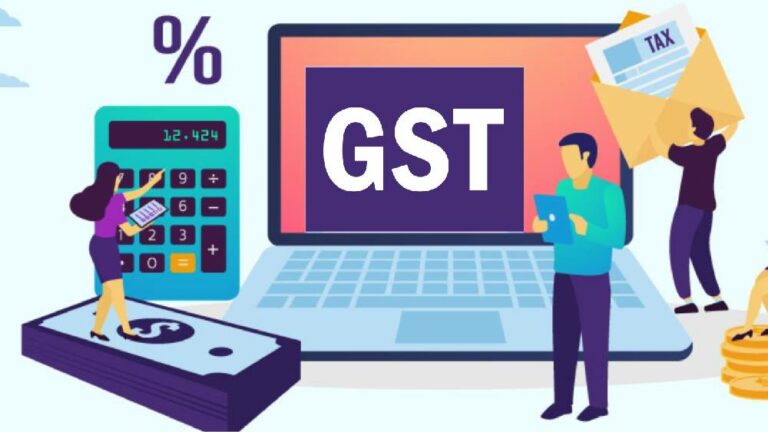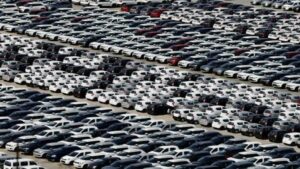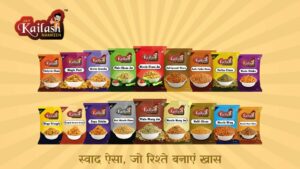Finance minister Nirmala Sitharaman tore apart the report by Oxfam India titled “Survival of the Richest: The India Supplement 2023”, which was released in January this year. The report highlighted the widening gap between the rich and poor post the Covid-19 pandemic and amongst its many suggestions called for easing the tax burden on the poor and the marginalised by reduction of GST slabs on essential commodities. She dismissed the report which claimed the country’s richest 10% contributes 3% towards GST, whereas the country’s poorest 50% contributes two-thirds of GST revenues. The minister said it “seems to be based on various improbable assumptions and not irrefutable or verifiable facts” and added “that as much as 90% of the goods and services tax is paid by the top 22% businesses of the country, which have turnover of over Rs 50 crore.”
Sitharaman said, “The Oxfam report with respect to indirect taxes is based on estimated expenditure on certain food items and non-food items. According to the report, of the total GST collected from these food and non-food items, 64.3% is collected from the bottom 50% income group and 3-4% from the top 10% income group. Thus, the percentage is not with respect to the total GST revenue but GST from only some selected items,” she said, adding that it is not known as to what items have been taken by the Oxfam report.
The finance minister however, said that to keep the incidence of taxation low on items of mass consumption, goods like unpackaged food grains, fruits and vegetables and services like education and health are exempt from GST and items like edible oil, lifesaving medicines, and fertilisers are in the 5% slab.
Being an indirect tax, GST is collected from suppliers of goods and services and not from the ultimate consumers of goods and services, she said, adding that it is not possible to exactly calculate how much GST is actually paid by whom.
















